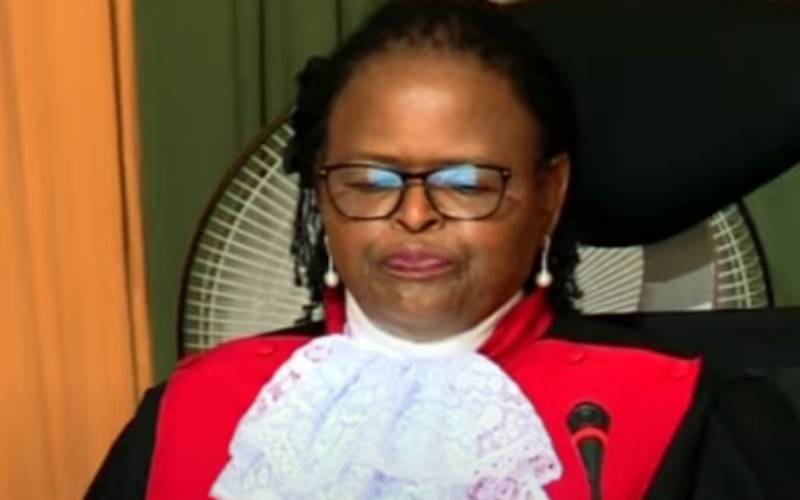×
The Standard e-Paper
Join Thousands Daily

Chief Justice Martha Koome reading her verdict on BBI on Thursday, March 31, 2022. [Standard]
Chief Justice Martha Koome on Thursday, March 31 ruled that public participation was inadequate during the roll-out of BBI changes in regard to boundaries delimitation.